
Luxurious Retreat by the Arabian Sea


Yoga and Ayurveda for Diabetic management
Diabetes Mellitus is a silent killer as it insidiously eats into wellbeing without conspicuous warning signs till it is too late. The deadliest complication of Diabetes is the development of cardiovascular disease in the long run. Recently, it has been named as the principal cause of fatality in the case of COVID infection.
There are mainly ewo types of diabetes:
Type 1 diabetes is believed to be an autoimmune condition where your immune system mistakenly attacks and destroys the beta cells in your pancreas that produce insulin. ‘The damage is permanent. Given reversible damage, therapeutic yoga, Ayurveda diet, medicines, and lifestyle changes can at best make the suffering less painful.
Type 2 diabetes starts with insulin resistance. This means your body cant use insulin efficiently. That stimulates your pancreas to produce more insulin until it can no longer keep up with demand. Insulin production decreases, which leads to high blod sugar. The contributing factors are genetics, lack of exercise and obesity. This is why it is labeled as a lifestyle disease. This can be controlled and potentially reversed through therapeutic youga, Ayurveda diet, medicines and lifestyle discipline.
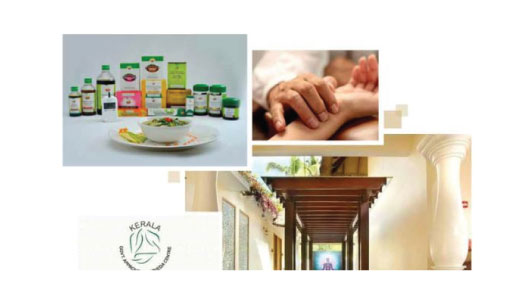
Consultation with Carnoustie Panel of Doctors
Our Ayurvedic doctors conduct a detailed medical examination after studying the guest's health history as well as present health concerns. This examination includes assessment and identification of the mind/ body constitution basis the Ayurvedic Principles. Thereafter, an adroit panel comprising of the examining doctor, Yoga experts and Ayurveda diet specialists recommend a corrective regimen of Yoga, Ayurvedic medicines and diet based on the guest's Prakriti (Ayurvedic body constitution/genetic makeup) and Vikriti (imbalances in the mind/ body constitution) for diabetic management.
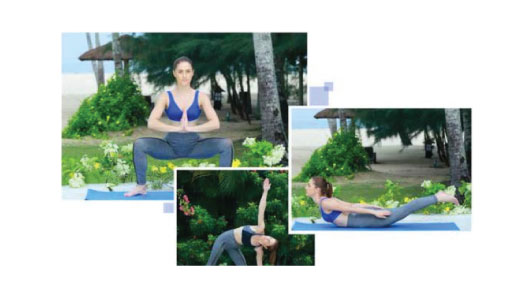
The Principles of Yoga Management of Diabetes
The yoga practice acts in two different ways to manage diabetes. Firstly, the cells of the Islets of Langerhans, the secretory portion of which have been prematurely exhausted due to over secretion of insulin are rejuvenated. The production of insulin is stimulated, and its release is better timed so as to be appropriate to the level of sugar in the blood. This occurs gradually as the depleted levels of Pranic energy in the digestive tract are restored.
Secondly, yoga brings about more general re-sensitization of muscle and fat tissues to the body's endogenous insulin. This is achieved by the various Yoga postures and techniques that clear energy blockages in the peripheral muscles and tissues and help in pancreatic restoration by removing the toxic wastes from the gastrointestinal tract.
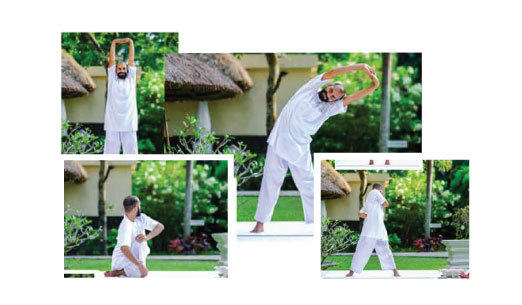
Shankhaprakshalana for Diabetic Care (washing of the intestines)
Shankhaprakshalana is part of Dhauti, one of the six cleansing processes of Hatha yoga. It is the most significant and effective practice in Yogic management of diabetes.
There are two types:
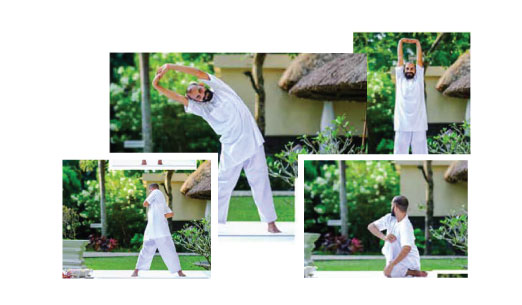
Benefits of Shankhaprakshalana
Shankhaprakshalana has been successfully used in the Yogic management of diabetes mellitus, hypo-glycaemia, obesity, high blood cholesterol and high lipid levels for centuries.
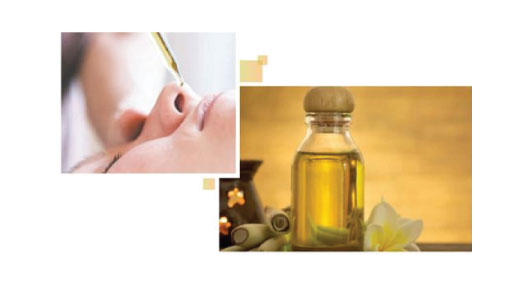
Panchakarma Treatments in Diabetic Management
Diabetes has an adverse impact on most organs and prevents them from working optimally. The Panchakarma treatments if done regularly, revitalise the organs and remove toxins, the removal of which are impaired by the negative impact of diabetes on the kidneys in partic- ular.
Please note regularity in treatments at fixed intervals is the key to staying healthy despite the diabetes. If these treatments are done on a regular basis, they also help in keeping diabetes in check and prevent it from worsening.
The Panchakarma treatment includes routines like the Vamana, Virechana,Nasyam, Vasthi and raktamokshana. Among these the Virechana and Vasthi are more effective in the treat- ment of Diabetes.
Virechana or Purgation includes snehana and swedana. Snahana is a deep-rooted relaxing massage using medicated oils while the Swedna is a steam therapy using herbs and special oils. The objective of both together is to dilate the channels of the body to detach the toxins from the tissues.
Once the systems are revitalised, the body becomes receptive to other treat- ments to help in samprapti vighatana or breaking the pathogenesis.
Thearpists also might use Vamana which Doshas (waste products or toxins) are eliminated through upper channels i.e., mouth by inducing emesis.
Vasti, used to flush the loosened doshas out through the intestinal tract is also very useful.
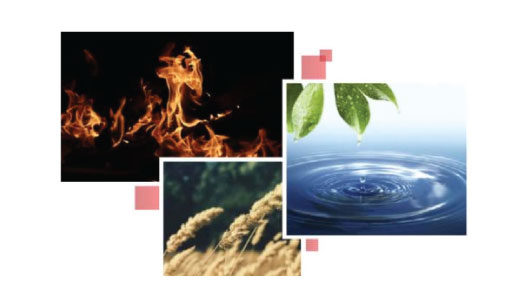
Ayurvedic Approach in Diabetic Management
Ayurveda defines each person as a unique combination of Doshas. The three Doshas are Vata, Pitta and Kapha. The imbalance of each Dosha causes health issues. Diabetes is a Kapha Dosha predominant disease. When the Kapha Dosha is imbalanced and it is com- pounded with a weak Agni, it slows down the metabolism.
Ayurveda refers to diabetes as Madumeha which literally means 'sweet urine. It refers to the increased blood sugar levels in the blood that causes excess sugar in the urine as well. Ayurvedic texts about treatment for diabetes also describe 'Dhatupaka Janya Vikruti. This is the ill effect that high sugar levels have on organs and other tissues.
Type 1 diabetes treatment in Ayurveda looks at rebalancing the Doshas through a combi- nation of internal and external Ayurvedic treatment as well as lifestyle changes. It identifies the stress factors in the body and tries to relieve them. Type 2 diabetes is called Apathya- nimittaja in the Ayurvedic texts. It is caused by an aggravated Vata Dosha which in turn will make Kapha Dosha aggravation. It is compounded by a sedentary lifestyle and habits. The treatment includes internal medicines and external therapies too.
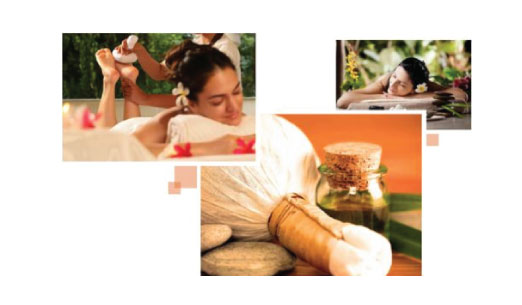
Effect of podikizhi in Diabetes Management
Diabetes treatment includes various therapeutic treatments. Among them one of the most effective treatment is podikizhi or pouch massage.
In Ayurveda it is called Choorna sweda or Pinda sweda which means heating up the body with a pouch made of choorna(powder) or other dry materials.
In Diabetes,as the vitiated dosha is predominantly kapha,podikizhi is very effective to re- duce the kapha related complaints.It also helps to reduce the inflammation in the mucles. As high temperature or heat is contra indicated in diabetes treatment,it must be done in low temperature. Generally the pouch is heated in steam or dry heat method.
It also gives good results in diabetic neuropathy treatment, when podikizhi is done with the proper medicines.
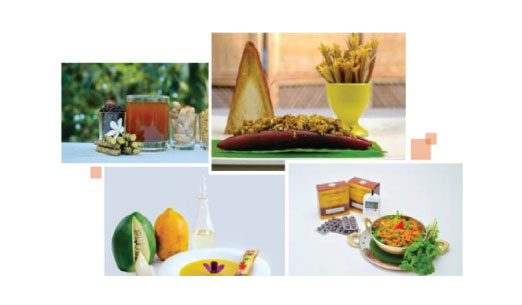
Diet For Diabetes Management
Proper diet is literally as important as medication in the cure of Diabetes. Nu- tritional therapy aims to maintain body weight, glycaemic level, blood pres- sure, lipid level and prevent or treat complications of diabetes mellitus.
The marked difference being that in Ayurveda, diet is prepared according to the unique dosha-type of the individual and hence diet plans are customised.
At Carnoustie a special effort is made to ensure that the diet is flavoursome as a insipid diet can be boring and may demotivate the person even further. A special care is taken to add the right herbs, organic vegetables, whole grains, seeds and oils that complement the Yoga and Ayurveda treatments.

Diabetic Diet Plan
need not be bland and boring
at carnousite ti's refreshingly mouthwatering
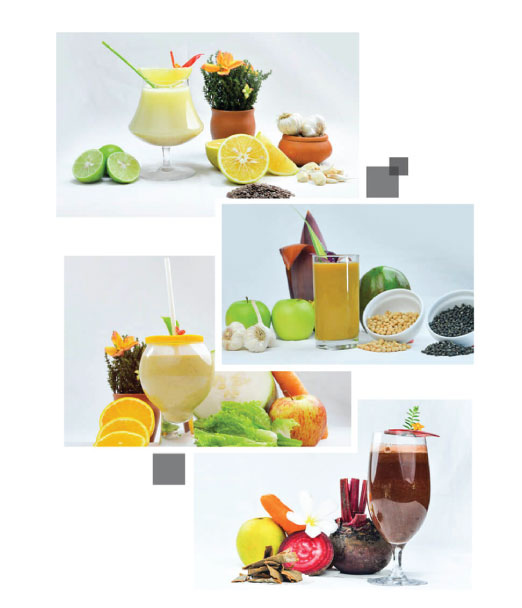
Diabetic Juice Deit
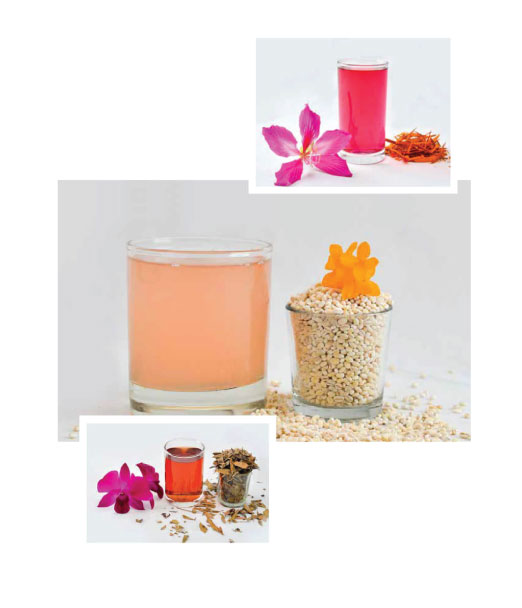
Herbal Drink For Diabetic Care
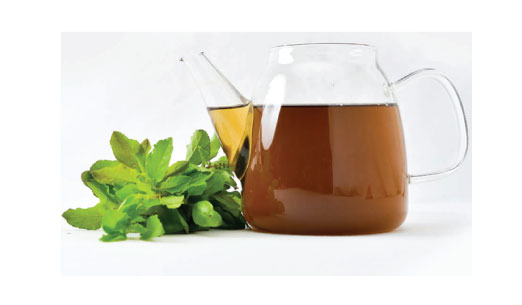
Carnoustie Detox Tea Health Benefits
Helpful in arthritis, swelling of body parts and in reducing the extra body fat, cures weakness of stomach, stomach ache, diseases of the abdomen, constipation, urinary diseases and diabetes. It also cleanses the blood, good for heart and helps in strengthening the body energy.
Ingredients
01. Black Cumin/ Anlhelmintica Veronica02. Kutki/ Picrorbiza Kurrooa Royle
03. Indian Beech / Pongamia Glabra
04. Dronapushpi / Leucas caphalotus
05. Indian bdellium-tree / Commiphora Mukul
06. Giloy / Tinospora cordifolia
07. Chirata / Swertia Chirata
08. Babool / Acacia Arabica
09. Fenugreek / Trigonella Foenum-Graecum Linn
10. Madder / Rubia Cordifolia
11. Phyllanthus Emblica/ Embelia R
12. Turmeric / Curcuma Longa
13. Haritaki Fruit / Termenalia Chubela
14. Babchi / Psoralia Cor
15. Bhumi Alma / Phylianthus Niruri
16. Coffee Pod / Cassia Tura
17. Daruharidra/ Berberis Aristata
18. Gand babool / Gum Acacia Arabica
19. Beleric / Termenalia Belerica
20. Shilajit / Asphaltum Puniabiunm













